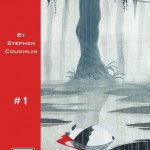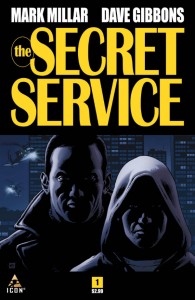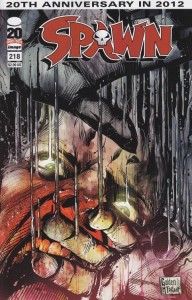 America’s Got Powers is a book that is based on a simple and brilliant idea. That idea is J. Michael Straczynski’s Rising Stars.
America’s Got Powers is a book that is based on a simple and brilliant idea. That idea is J. Michael Straczynski’s Rising Stars.
Writer Jonathan Ross is a well-known BBC television host who has dabbled in writing comics (he wrote Turf for Image Comics last year), and who has gone on record for saying that he loves comics more than masturbation. Which is a bold statement; I personally buy about 30 comic books a week and spend more on them than I used to spend on my two-pack-a-day cigarette habit, but compared to the Happy Slappy? A distant second, my friend… although I must admit I sometimes read my comics with my left hand so it feels like a stranger’s reading them. But I digress.
Ross is writing about American popular culture from the point of view of a European, which means that he sees us from the lowest possible common demominator view: a sporting event and television-obsessed unthinking angry mob, who would not only happily watch and / or attend an event where people are beaten to unholy and crippled pulps, but would bring their children and buy them cheap plastic souveniers of the savagery. Note that I am not saying that Ross is wrong about us. However, it is a little insulting to hear that kind of broad generalization from a lime-sucking buck-toothed rampant practitioner of pubic school buggery. But I’m getting off point again.










 Podcast RSS Feed
Podcast RSS Feed iTunes
iTunes Google Play
Google Play Stitcher
Stitcher TuneIn Radio
TuneIn Radio Android
Android Miro Media Player
Miro Media Player Comics Podcast Network
Comics Podcast Network